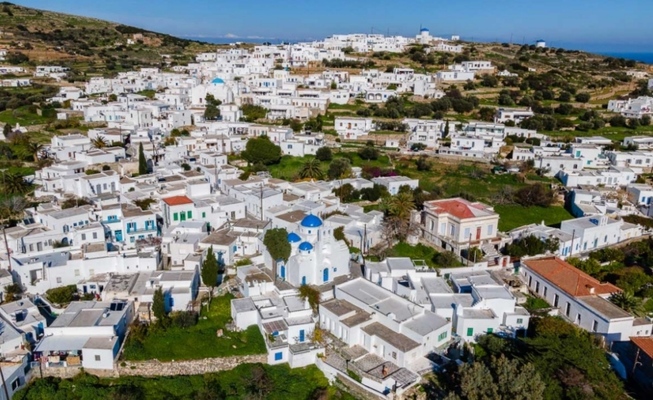In this page each group will present something about us. Thinking that preparing presentations will take much time, Its better to just upload the best photos and somme text about each subject .....
TEAM 1 - Schools
TEAM 2 - Class
TEAM 3 - Town
TEAM 4 - Monuments
TEAM 5 - Landscapes
TEACHERS ACTIVITY
Our Schools
1. Rustavi 12th Public School is located in the center of the city. He is almost equal to the city. Its past dates back to the 1950s and continues to this day - the history of the school spans many generations.
The school opened in 1953 in a small town, which was about post-World War II life, in a barrack-type building. It was originally a Russian school.
In 1956, a two-story building was built on the right bank of the Mtkvari River, where the school was celebrated. It was the first educational institution in the new and largest district of the city. This story is related to the period of the existence of the Soviet Union in the history of Georgia.
From the very first days, the school had a well-known youth school-learning museum, which was visited by delegations from different republics of the Soviet Union. In the 1960s and 1970s, the school had close ties to the entire USSR geographical community, whose members often came to the school.
In the 1980s, the school became known as one of the best teachers and students in the city and across the country. The graduates of the 12th school were known all over the country. Now they work in different countries of the world.
In the 90s of the XX century the school was named after the Russian writer Alexander Pushkin and partnered with A. Moscow. Pushkin School N 352. At that time, literary salons were held intensively in our school, the content of which was mostly Georgian and Russian literary classics and was discussed. Then a book was published by the partner school, the Pushkin Institute and the Scientific Research Institute for Innovative Strategies for the Development of Education in Russia:
Later, two more sectors were added to the school and it functioned as a trilingual school with Russian, Georgian and Azerbaijani sectors. Georgian classes were opened at the school in 2000. At present, the school is taught in two languages - Georgian and Russian. According to 2021 surveys, the school has 17 students and teachers of nationalities who work together in a friendly and calm manner.
- In 2003, the students' self-government was actively developed in the school and the result was not delayed. A youth club was established within the framework of the Georgian Foreign Association's "Build the Future" program, which included educational trainings, project writing and implementation, sports activities. The program acquired a school radio school, a Georgian library, and a medical center. V - XI classes were members of the club.
- In 2011, a civic club "Bridge" was opened at the school, which operated together with PH-internation and USAD.
- 2013-2020 There was a movie club "Charlie" in the school. In October 2021, the club "Charlie" was replaced by its subsidiary club "NATO", which was named after the legend of Georgian cinema Nato Vachnadze;
- In 2014, the student club "Rustaveli" was launched at the school, it is named after the world-famous Georgian poet Shota Rustaveli of the XII century.
- Founded in 2014, the Science Club "Green Earth" within the project "Chain Reaction". In January 2017, a school delegation traveled to a school in the Israeli city of Kiryatgad as part of the "Chain Reaction" project, where the two schools became friends.
- In April 2018, the Israel Friendly School visited Georgia, in particular Rustavi, to participate in the international conference - "Natural Disciplines in Practice" -:
In 2019, another natural science astronomical club "Orion" was launched at the school.
- Since 2020, the geography school club "Earths" has been functioning.
The school has had 12 principals throughout its history.
Today, the school is actively involved in school reform, following in its footsteps and actively implementing the results achieved in practice.
-
Time passes, one plethora of students changes the other ... The 12th school is always open for students, teachers and all those who want the best.
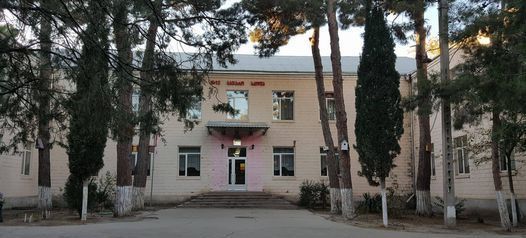
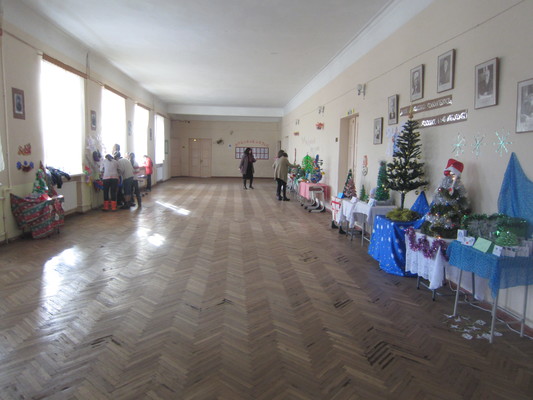
2. General High School of Mesopotamia - Kastoria
The lyceum of Mesopotamia, Kastoria, Greece was first built in 1993.
It has two classrooms for each grade (first, second & third grade) for about 25 students each one. The lyceum and the high school of Mesopotamia use the same school building, in order to help students to be more sociable, and their cooperative skills to be enhanced .
Furthermore, the lab we have in our school is in a very good condition, and it provides to all of the students the necessary equipment. Also, the technology class, which has more space than the others, is the place where teachers give the chance to students to attend their lessons using the new technologies.
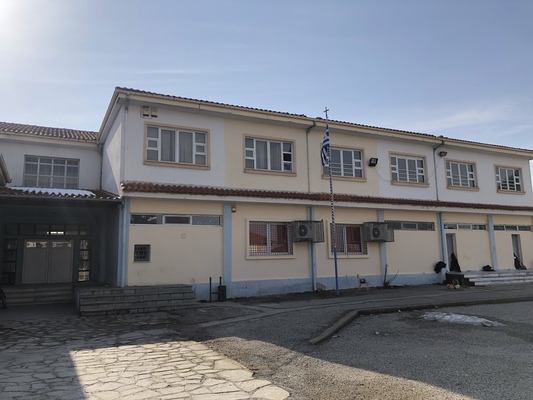
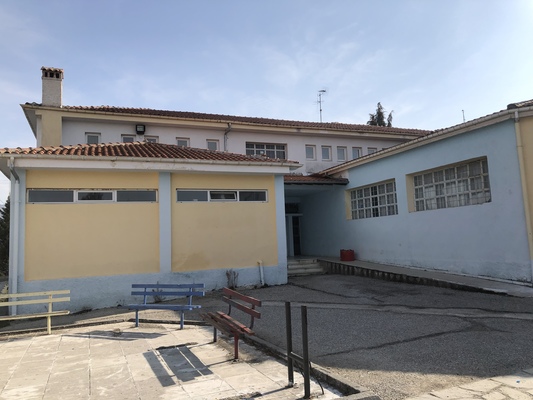
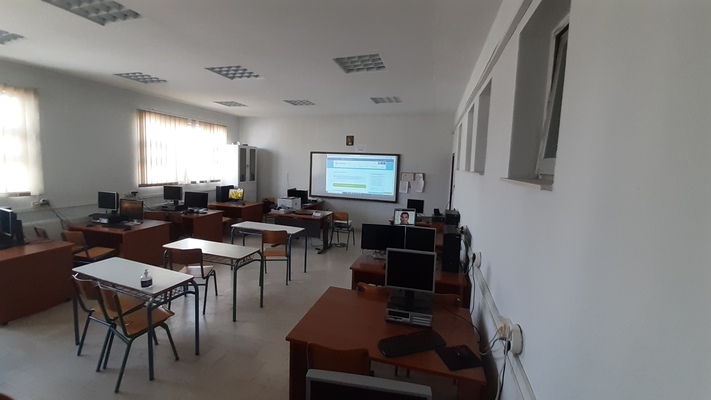
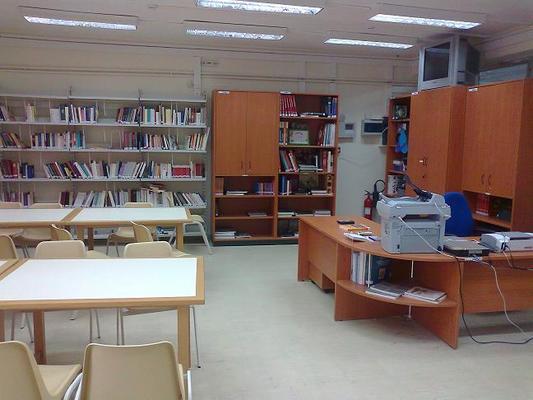
3. N 124 Public School , Tbilisi, Γεωργία
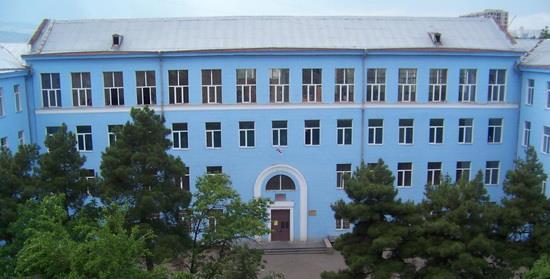
4. Colegiul National "Mihai Eminescu", Satu Mare, Ρουμανία
Mihai Eminescu National College (Romanian: Colegiul Naţional Mihai Eminescu) is a public day high school for students aged 10 to 18, established in 1634 by the Jesuits, and located in Satu Mare, Romania. In 1919 the school is named after the great Romanian poet Mihai Eminescu, being the first high school in Transylvania bearing the name of the poet. The Mihai Eminescu National College is one of the only four national colleges located in Satu Mare alongside Ioan Slavici, Kölcsey Ferenc and Doamna Stanca.
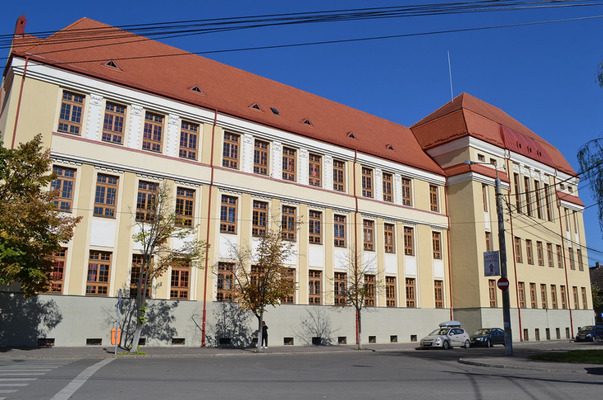
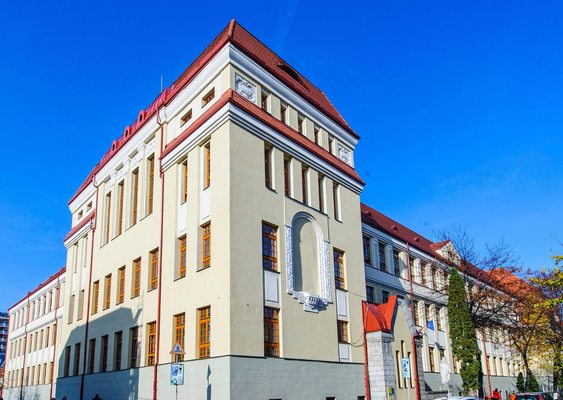
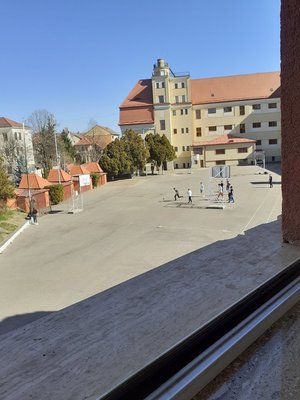
5. EPAL Sifnou Greece
EPAL Sifnou is a Vocational school of the Secondary Education and is situated in the city of Apollonia in Sifnos island, which lies in the Aegean Sea and is a part of the south western Cyclades. During the school year 2021-2022 54 students attend lessons in EPAL of Sifnos in which operate the following specialties:
- Employees of Administration and Financial Services
- Electrical Systems, Installations and Networks Technician
- Mechanical Installations and Structures Technician
- Computer Applications Technician.
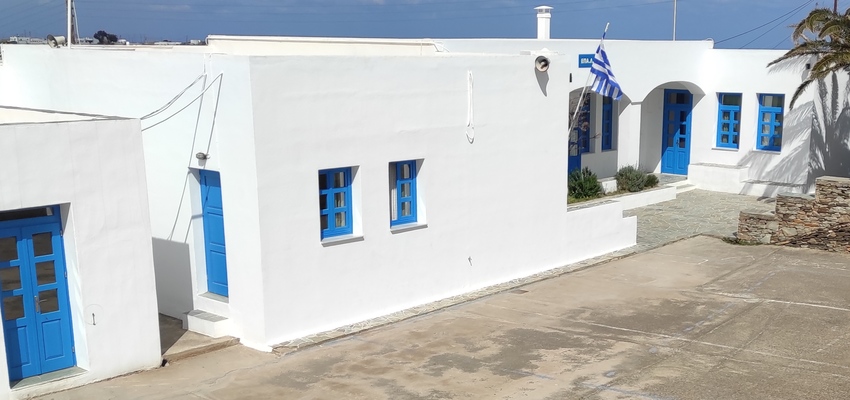
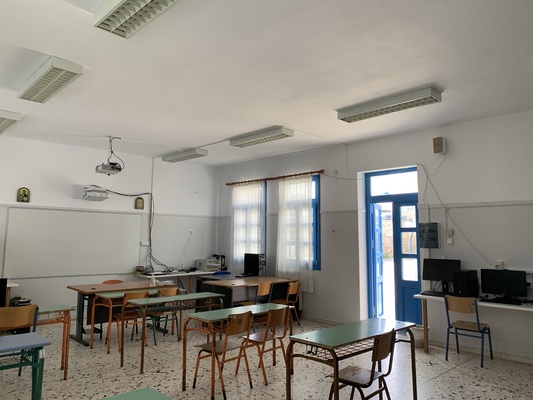
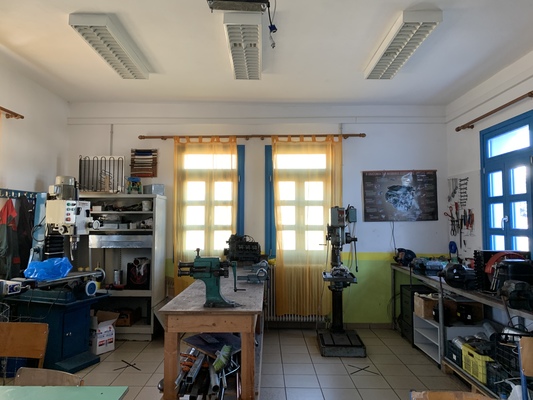
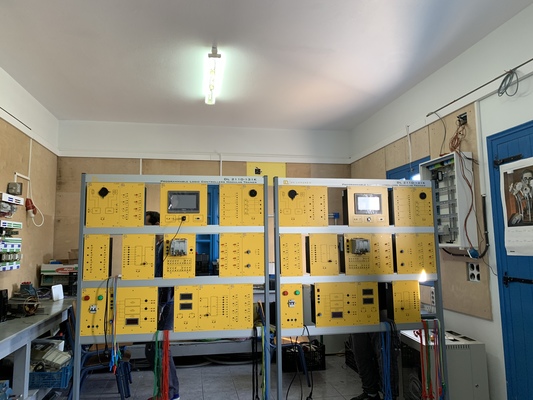
Our towns
1. Rustavi - Georgia
Rustavi is a medium-sized city in the southeast of the country of Georgia. We climbed Rustavi's famous fortress that dates back to the ancient world. The castle played a role in wars involving Byzantines, Arabs, Persians, and Mongols. We also flew our drone over the Rustavi Metallurgical Plant, a former Soviet factory dating from the era of Stalin. The factory is connected to the city center by a wide green avenue with many green areas..
Rustavi is one of the ancient towns of Georgia. The history of Rustavi has two phases: an early history from ancient times until the city was destroyed in the 13th century and modern history from the Soviet era to the present.
2. Mesopotamia - Kastoria - Greece
Mesopotamia have about 5.000 people and is a rural residential community. Its economy is entirely dependent on the agriculture of wheat. It also has small private fur industry that is outsourced from the major Fur traders of Kastoria. As the seat of the Aliakmonas municipality, Mesopotamia contains the Aliakmonas Municipal Building. It also contains a pharmacy, and a supermarket. there is nursery school,primary school,high schooland lyceum. The community of Mesopotamia has recently been linked to a branch of Northern Greece's brand new Egnatia Odos highway.
Kastoria is one of the most beautiful cities in Greece. It is located in Macedonia and it is built on the peninsula of the Lake Orestida. Its history dates back on the time BC when it was called Celetron. It developed mainly on the Byzantine era when Justianian built walls and fortiefied the city. The inhabitants were enganged in fishing, agriculture and trades. During the Turkish occupation, they started processing fur. This gave great development to the city and made it famous in many parts of the Balkans and Europe. After the liberation of the Ottoman empire, the fur trade develop[ed more and continiues to this day. The population is 20.000 and it is mainly enganged in fur processing and tourism. In addition of the natural beauty og the Lake, it has many attractions , such as its 71 Byzantine churches and many beautiful mansions.
3. Tbilisi - Georgia
4. Sattu Mare - Romania
Satu means village and Mare means big. Located just 20-minutes from the border with Hungary, Satu Mare is the gateway to rural Maramures for travelers coming from Central and Western Europe. Archaeological evidence shows settlements in the area dating to the Stone Age and the Bronze Age; there is also proof that the Geto-Dacian communities continued to inhabit this region after the Roman conquest in 105-106 A.D.. The city was first mentioned in 1181 as Castrum Zotmar, a fortified stronghold from which the town derives its name.
The 18th century marked the beginning of an intense urbanization process of Satu Mare, some of the main attractions in the city dating from this period: the old city hall, the military barracks, the Catholic and Reformed churches. The first park was established in 1844.
During the early 1800s, the first large industrial companies were founded: the steam mill, the brick factory, the Neuschloss wood-processing factory, the lumber factory. Located at the crossroads of commercial routes, Satu Mare became an important railway center.
The old town, which stretches north of the river Somes, contains some of the major attractions in the city.
The city today, it is an academic, cultural, industrial, and business centre.
5. Sifnos - Greece
The island of Sifnos lies in the Aegean Sea and is a part of the south western Cyclades. The island is traversed by four parallel mountain ranges, the most distinctive peaks being Prophitis Elias (682 m.), in the centre, and Agios Simeon (463 m.) to the north. There are about 2,500 permanent residents living on the island. The island was one of the richest places in the ancient world, due to its gold and silver mines, and its development of the ceramic arts.
